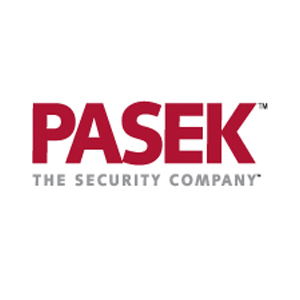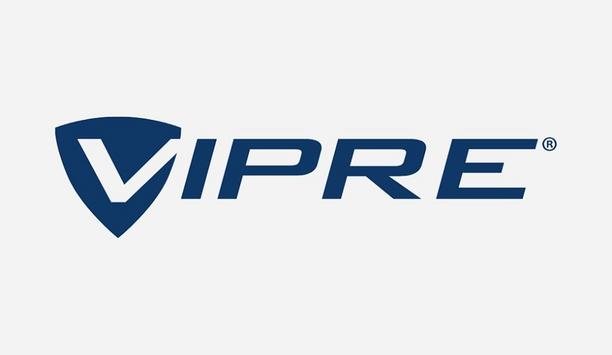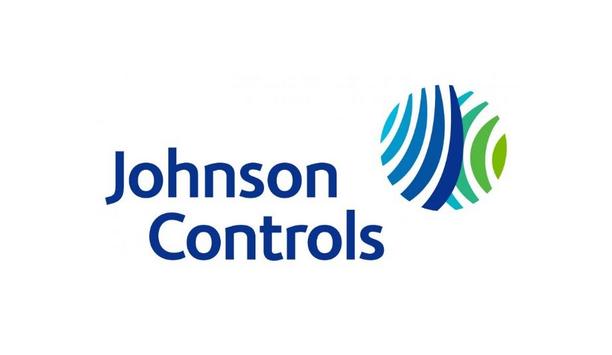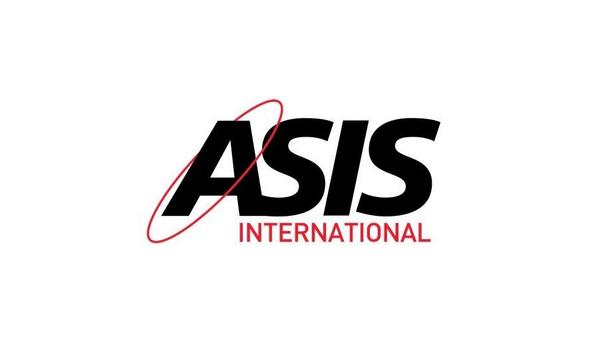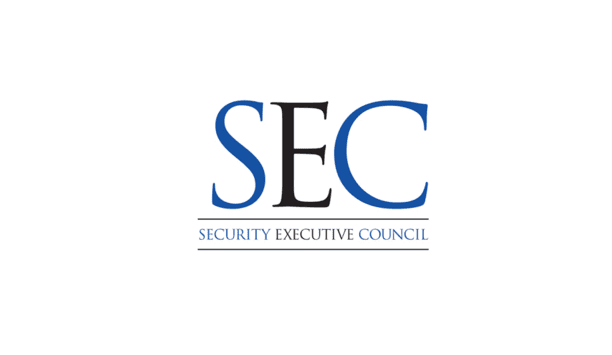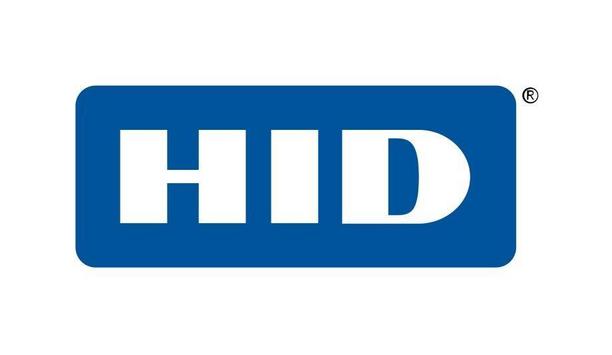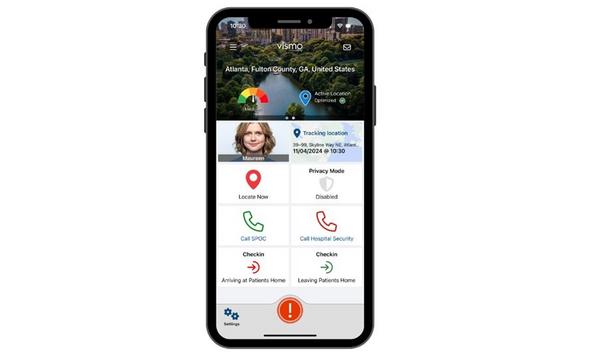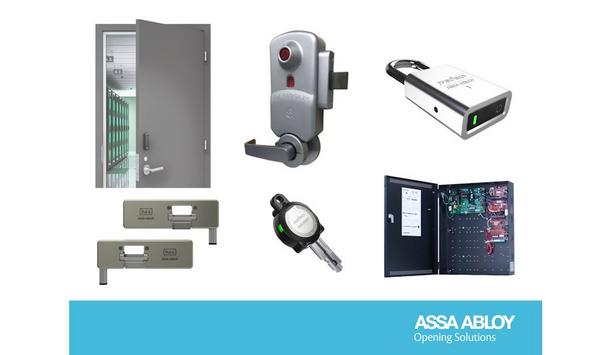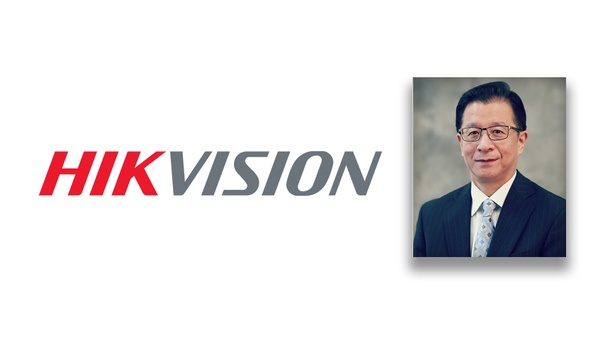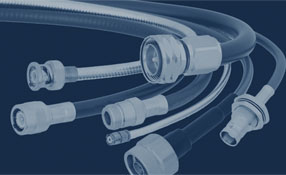Part 1 of our Security in Healthcare series |
 |
| Hospitals have a continuous need for security, to update their systems, and to make repairs |
The healthcare vertical provides plenty of opportunities for security integrator companies. A single large hospital system can supply a dependable ongoing source of revenue to integrator companies, says David Alessandrini, Vice President, Pasek Corp., an integrator.
Hospitals have a continuous need for security, to update their systems, to make repairs, he says. “It’s cyclical. Funding for large projects might span one to two years, and then they go into a maintenance mode. Departments are changing constantly, and they need us to maintain the equipment to make sure it’s operating to its full potential.”
Hospitals are “usually large enough to provide enough work for several people for an extended length of time.” Healthcare customers in Pasek’s service area around Boston provide the potential for plenty of work. “We have four major hospitals, each with in excess of 250 card readers and 200 cameras, in the Boston area,” Alessandrini says.
Pasek Corp. began as a lock company in 1876, and evolved a century later into an integrator of alarm systems, access control, video and integrated systems. With about 80 employees in all, Pasek has about 35 service vehicles on the road and 18 or so electronic service technicians.
Mitigating Installation Challenges With Technology
Technology now allows integrators in the healthcare vertical to work on access systems remotely. The ability to spend fewer resources and less on overtime created a return on investment |
Installations in hospitals have their challenges, Alessandrini says. All the installation work has to happen inside a containment booth, and kept away from patient areas. “Wiring a unit takes about 40 percent more labor,” he says.
Technology now allows integrators in the healthcare vertical to work on access systems remotely, says Sam Auciello, Business Development, Pasek Corp. “The technology allows us to work smarter rather than harder,” says Auciello. “We don’t have to send an officer off site to check on a door, we can stay on the main campus.” The ability to spend fewer resources and less on overtime created a return on investment (ROI).
Active Shooter Training
Other trends in healthcare security include the need to create systems to respond in case of an active shooter. Hospitals require active shooter training and exercises, and must develop policies and procedures to best handle the situation. “Do you fight the person or take off or shelter in place?” asks Auciello.
Formerly a chief of detectives with the Manchester, N.H., Police Department, Auciello later worked as security manager for the Gillette company and then as Director of Security for Elliot Health System, a healthcare services company that includes a 275-bed hospital, and 21 other locations with 4,000 employees providing urgent care, general medical practice and specialty offices.
When Auciello came to Eliott Hospital (in 2007), there were only six cameras. He created a five-year transition plan to update the systems. When he left eight years later, there were 260 all-IP cameras and 400 access control readers (using an AMAG system installed by Pasek). He now works with Pasek, Eliott Hospital’s integrator.
 |
| Psychiatric wards, geriatric wards, and areas that house opioids and other drugs require extra security in hospitals |
Securing Vulnerable Areas
Pasek sees other trends in the healthcare vertical, too. Covert cameras can be used where there is a high incidence of theft. Cameras also view various lobby and office areas. The card access system restricts entry into areas that house medical records.
Areas that require extra security in hospitals include psychiatric wards, geriatric wards, and areas that house opioids and other drugs, says Auciello. A WanderGuard system from Stanley can keep patients in specific areas; the technology is like a global positioning system (GPS). Patients can be tracked throughout a facility, and WanderGuard integrates with access control systems. Entry points can be monitored by CCTV.
Special anti-ligature hardware is required for doors in hospitals. Over-the-door switches can be installed in psychiatric units to alert behavioral healthcare staff in the event a patient tries to hang himself.
Protecting Assets
Keeping up with assets in a hospital is another important function – and security can help. Assets are tagged with various bar codes or RFID systems, and they can interface with the access control system.
Use of facial recognition and iris scanning biometrics in medical environments can avoid the need to touch sterile or infectious services; also, users can wear gloves without having to remove them as they would to use a fingerprint reader.
The Joint Commission on Accreditation of Healthcare Organizations (JCAHO) addresses areas of security such as control of visitors, access into secure areas, access to operating rooms, and sterile conditions. While Auciello was at Elliot Hospital, the JCAHO recommended installation of a secure maternity unit, given that the hospital delivers 2,500 babies a year.


